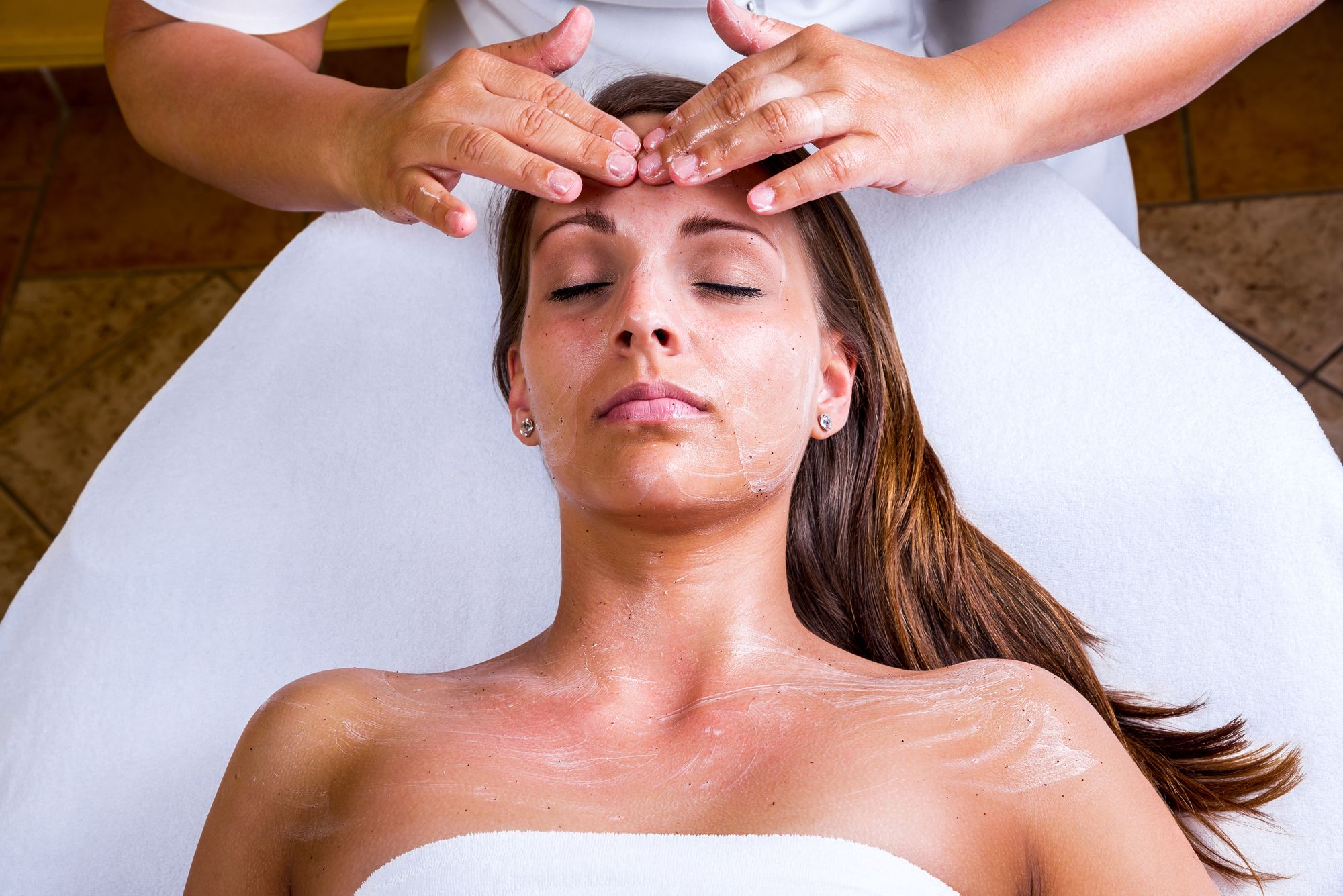If you’re considering trying a chemical peel, you’ve probably heard at least one horror story about a long recovery, extreme redness, embarrassment of going in public, or worse.
But you’ve also probably seen beautiful results from a chemical peel. Brown spots disappear, the skin color is more even, and people seem to take years off their skin.
So, are chemical peels worth the risk?
Before you make a decision, you need all the facts. Here’s the scoop on the benefits of chemical peels, how chemical peels work, and how to make sure they’re safe for you.
What Are the Benefits of a Chemical Peel?
Chemical peels treat several skin abnormalities. They remove pre-cancerous spots and brown spots that came from sun damage or hormonal changes during pregnancy. Plus, as these peels exfoliate the skin, they improve the skin’s overall appearance. The result is much younger-looking skin and a more even skin tone.
How a Chemical Peel Treatment Works
Chemical peels selectively remove a very thin top layer of skin without damaging the deeper layers. Brown spots and pre-cancerous spots often stay on the very top layer. So, when we take off the surface layers, we remove the spots as well. You’ll end up with a more even skin tone without causing any damage to the underlying skin.
Where to Get a Chemical Peel
You can get a chemical peel on any area of skin where you’d like to see rejuvenation. The face, neck, and arms are the most common areas where people get chemical peels. But they can work almost anywhere on the body.
Are Chemical Peels Safe?
Yes, chemical peels are safe when they’re used in the right hands. But the process of a chemical peel can be harmful if it’s not done correctly. If someone has a bad experience, it’s usually because their practitioner didn’t do the peel according to procedure.
It’s always important to go to a physician with high-level training in the chemical peel process. Staff should also have extensive training about chemical peel benefits, risks, selections, and timing. They need to be able to select the right peel for your skin type and recommend when to get it. For example, certain peels are better for people with sensitive skin. And it’s usually better to wait until you’re not in the sun as often to see the most benefits from a peel.
Before you get a chemical peel, meet with your dermatologist for a consultation. Ask about their training in chemical peels and how often they do these treatments. You want to feel confident about the person you’re entrusting with your skin.
If you go to an experienced, highly trained dermatologist, there’s not much risk beyond temporary redness and discomfort. But there’s plenty of benefits in the clear, even skin that awaits you.
To learn more about the different types of chemical peels, check out our chemical peels at Epiphany Dermatolog.

Dr. R. Todd Plott is a board-certified dermatologist in Coppell, Keller, and Saginaw, TX. His specialization and professional interests include treating patients suffering with acne, identifying and solving complex skin conditions such as psoriasis, rosacea, atopic dermatitis, and identifying and treating all types of skin cancers. In his spare time, Dr. Plott enjoys cycling, traveling with his wife, and spending time with his children and new grandson.
Learn more about Dr. Plott.


